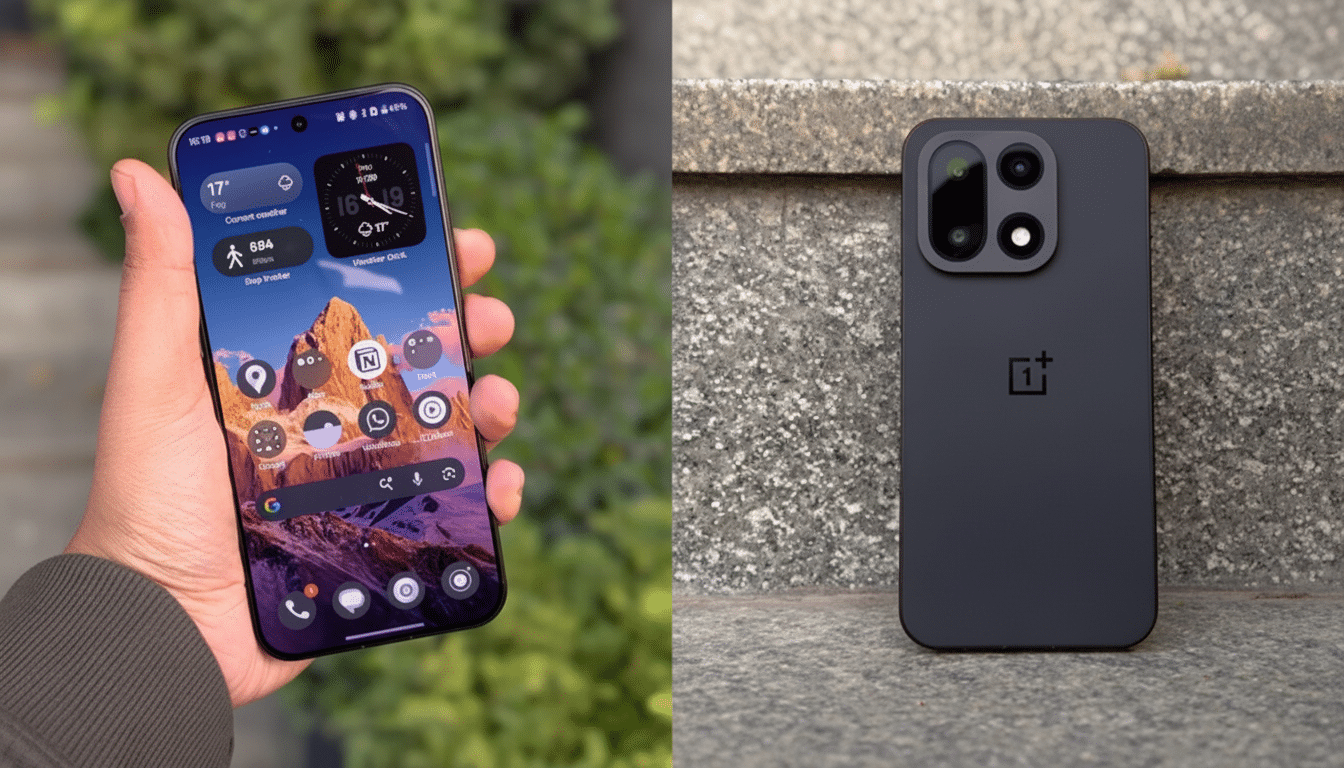A fresh reader poll indicates a worrying perception change with regard to OnePlus, and it is that the majority of OnePlus fans now believe OPPO is damaging the brand.
Over 2,700 votes were cast and, out of all of them, 57.2% said OPPO is deliberately working to destroy OnePlus, while an additional 20.2% suspect any harm isn’t deliberate but probably just as bad. Only 9% believed that OPPO has made OnePlus better, while 13.6% were not sure. That is a flashing red light for a company that has been built on community trust and value-first flagships.

Survey signals erosion of trust among OnePlus loyalists
The top-line number is stark, but the broader takeaway is bleaker still: nearly 8 in 10 respondents say OPPO is undermining OnePlus, whether by design or accident. That is not a judgment of sales or specs; it is an indicator of mindshare. When loyal early adopters lose faith, it becomes much more difficult to regain momentum, no matter how silky-smooth the hardware seems in a lab setting.
Context matters. The poll fell as criticism mounts over reports of downgraded OnePlus 15 camera hardware, the conclusion of OnePlus’s co-branded camera project with Hasselblad, and on-again-off-again US availability. OPPO, meanwhile, has its own new Hasselblad collaboration, once again suggesting that best-in-class imaging is now being pursued elsewhere in the lineup.
How we got here: consolidation and shifting priorities
OPPO and OnePlus are parented by BBK Electronics, and there has been a gradual consolidation between the two brands since 2021, with combined R&D pipelines and a unified codebase that resulted in OxygenOS being more similar to ColorOS. For power users who treasured OnePlus’s lean software philosophy, that was a moment that jangled with the “Never Settle” era.
Distribution challenges aggravated concerns. OnePlus has a lesser carrier presence in the US than Samsung and Google, and patent tussles held OPPO and OnePlus out of important European markets like Germany for quite some time. “Portfolio and regional realignments can damage brand equity if communication is not crystal clear and consistent,” according to IDC and Counterpoint Research analysts.
Factor in product signaling: when OPPO trumpets headline camera innovation and OnePlus pulls back on its own imaging ambitions — ending a flagship-level camera work collaboration, no less — fans read intention. Even if those are supply-side, pricing, or market-segmentation strategy decisions, the optics are tough. In brand architecture, it seems like OPPO is taking premium imaging and leaving OnePlus to concentrate on performance value — which is a pretty challenging way that many enthusiasts couch what a modern flagship should be.

Strategy or cannibalization: how overlap clouds perception
BBK’s multi-brand approach has always depended on careful distinction: OPPO for style and retail muscle across Asia, OnePlus for enthusiast credibility and selling online, sibling brands at budget tiers. Yet when user experience mixes and halo features gather under a single label, consumers see cannibalization rather than collaboration.
There’s also a founder effect. The exodus of the OnePlus co-founder Carl Pei to start Nothing created a symbolic vacuum, and Nothing’s rise in enthusiast circles underscores that brand authenticity is still a differentiator. The results of the survey are as much a lesson in psychology as product sheets.
To be sure, OnePlus continues to make solid flagship phones with strong value in places like India, where Canalys notes increased penetration for premium-adjacent price tiers (up from $200 products sold on the strength of a brand name). Reviewers generally lauded the balance of performance and battery life on the OnePlus 13. It’s not that people lack the ability — they lack confidence in the path ahead.
What OnePlus needs to do next to rebuild trust and momentum
Opinion: Reversing the script demands daylight between the brands.
- Telegraph a really clear imaging strategy — if Hasselblad is gone, say what’s replacing it and demonstrate real camera gains from last year to this year.
- Re-establish some sense of software identity — skinny performance, minimal bloat, and expedient updates — backed by clear update schedules as good as, if not better than, the industry best.
- Fix availability gaps. Whether that’s through scaling the network in the US or rebuilt licensing and legal clarity in Europe, there needs to be clear access and an expectation of support. Our tracking at IDC is pretty clear that distribution and post-sales assurance is just as important for premium decisions as spec sheets.
- Communicate the portfolio logic. If OPPO has a few halo features that we believe are worthwhile and OnePlus focuses on performance-per-dollar, then explain the trade-offs justified by those features. When expectations are managed, differentiation reads like strategy, not sabotage.
The poll’s message is a warning, not a judgment. Forgiveness of that sort is earned in enthusiast brands with honesty, or punishable by failure. If OnePlus can demonstrate progress in that area along with cameras, software identity, and market perception — not feeling like OPPO’s trainee — the next survey could show something completely different.

